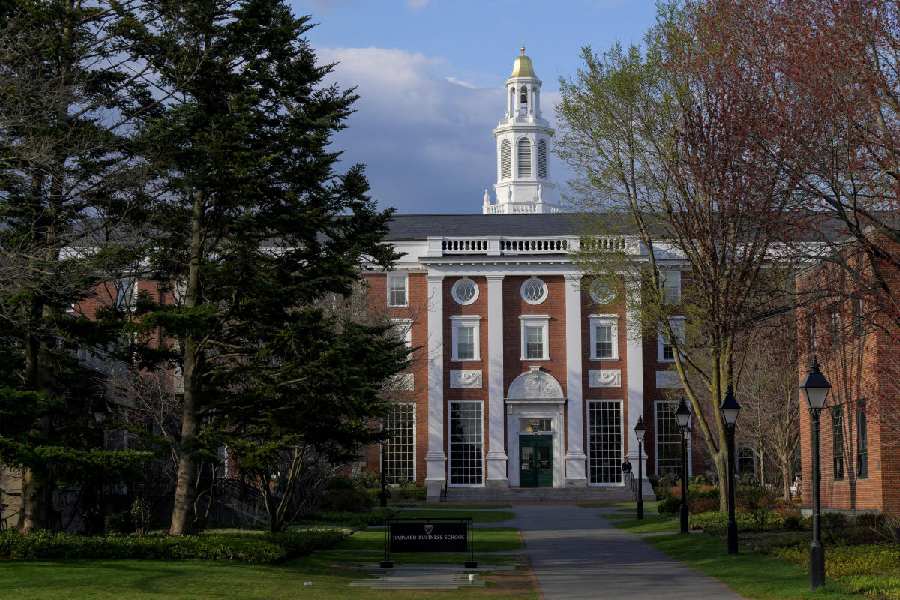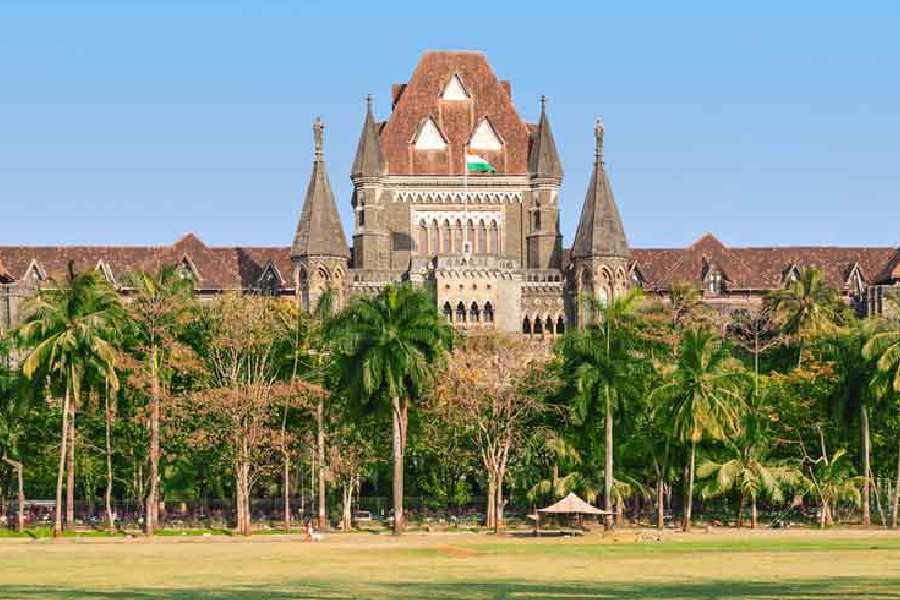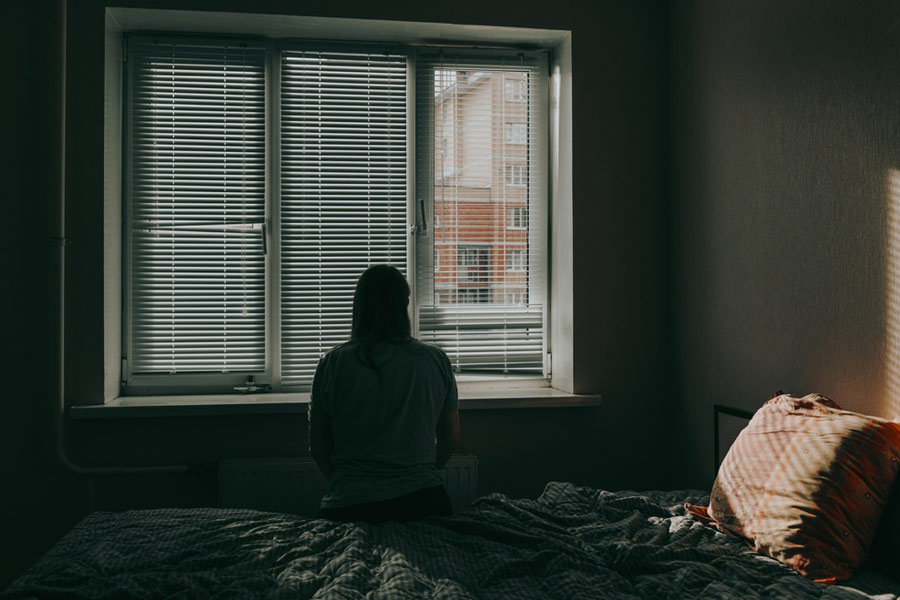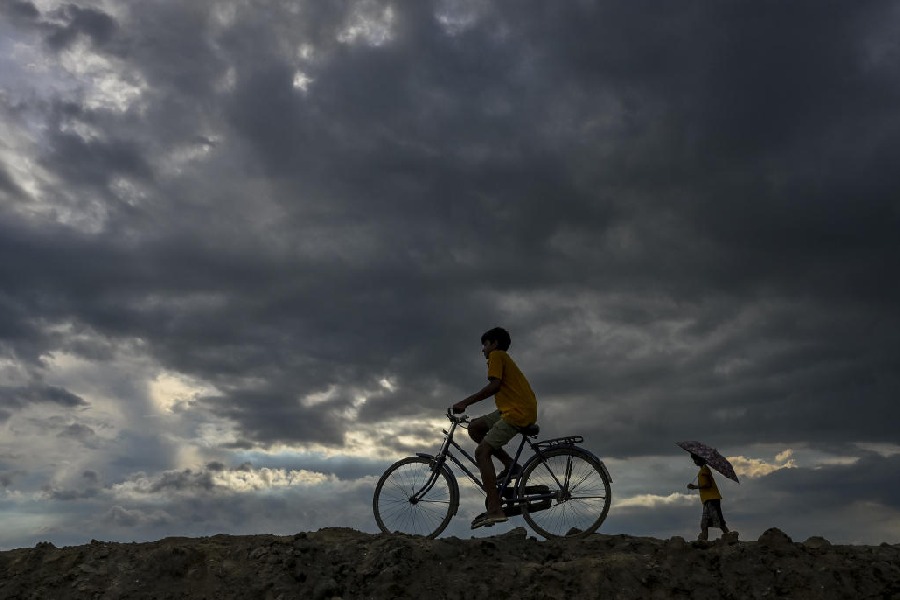 |
Day 1: Need for Speed
Calcutta to Jessore
As Mamata Banerjee flagged off the convoy of 20 cars from Salt Lake stadium and I sat inside Car 12, waving the Indian flag out of my window, little did I know what an adventurous trip lay ahead.
 |
The Bangladesh China India Myanmar (BCIM) Rally, organised by the Confederation of Indian Industry, wouldn’t be a race. It would be a convoy of 80 people from four countries (Bangladesh, China, India and Myanmar) that would drive together for 12 days, overcoming obstacles like bad roads and fostering friendships between participants. The rally had taken off from Calcutta on February 22 and had travelled through Bangladesh before entering India through Karimganj on February 25.
I was most kicked to learn that the rally would be led by Hormazd Sorabjee and Renuka Kirpalani, editors of Autocar India and my childhood idols. The cars to be used would be Tata Safari Stormes, Tata Arias and some Chinese-made Hawtais. I was in a Storme, along with three other Indians.
The 20 cars were numbered and we had to travel in that order, without letting any civilian vehicle break in. All the cars were connected through radio and would be communicating through it.
Even with cops cordoning off traffic for us to pass, there were buses barging into the convoy and within half an hour we had our first accident. A bus hit Car 2 near Barasat. It wasn’t serious but the Chinese passengers in the car were shaken. “I thought ‘Need For Speed’ was a tough game to play but Calcutta traffic is even worse to drive through,” joked Khin Ko Latt, a Myanmarese passenger.
In a couple of hours we reached the Indo-Bangla border. And after a few metres of no man’s land, we were in Bangladesh. There were suddenly more lungis than pants but the same stretch of trees continued, the hoardings still spelt out “Ponds” and “Wheel” and though the people had an accent, they still spoke Bengali.
We reached the town of Jessore where we would be spending the night and attending a cultural programme.
Day 2: Bollywood rules
Jessore to Dhaka
The Bangladeshis kept sharing trivia about their country over radio and soon they started singing their songs and I too chipped in with Rabindrasangeet. But I realised that the biggest ambassador of India is Bollywood: those from Myanmar sang numbers made famous by Hrithik Roshan and the Bangladeshis requested Kumar Sanu songs!
The cars took a ferry ride across the river Padma and we got warm receptions at many junctures from residents and officials who welcomed us with flowers, applause and clicked pictures with us. Some even took my autograph!
We visited Sheikh Mujibur Rahman’s home that is now a museum and on our way out realised that Car 10’s keys had got locked inside. It took a locksmith to open it. Then we realised the car was leaking diesel. It was sent for repairs while the rest of us moved on.
Soon it was night and time for some yummy ‘Padma-r ilish’. “Osmanda, would you please take me to Shahbag,” I asked Bangladeshi teammate Mohammed Osman Gony after dinner.
Shahbag had been making headlines for hosting youth demonstrations seeking harsher punishment for the 1971 war criminals. We reached Shahbag at midnight and found it wide awake. There was a massive national flag hanging above the road, a huge poster of a noose, cut-outs of men with shoes garlanding their necks. The road had been closed to traffic but was full of pedestrians. A college student came and painted a “Joy Bangla” slogan on my hand without asking. There were hawkers selling fruits, water and flags. Every 50 metres there was a group of 100-odd people performing patriotic songs or poems and raising their demand.
We left when we saw tens of rickshaws rushing out of the venue and the police beating up someone.
 |
Day 3: Desher Maati
Dhaka to Sylhet
Bangladesh felt more like home than I knew, for we woke up on Sunday to an ever-familiar bandh! The police ruled out travelling before 4pm so we stayed put in a city with hundreds of Dhakai jamdani shops with shutters down.
We had lost too much time today to make stops but after half an hour of driving, I had a request for Hormazd. “The Bangladeshis say we are crossing Narayanganj now, my ancestral hometown. Could I step out and pay my respects?” With Hormazd’s nod, I got off, kissed the soil, put some on my head and took two fistfuls to carry home.
We reached Sylhet at midnight and were surprised and touched to see the officials and artistes still waiting to receive us.
Day 4: Smooth sailing
Sylhet to Silchar
The car rally had just entered Assam from Sylhet and so technically we were the hosts. As Indians we should have been showing the foreigners around. But so mesmerised was I by the sights and sounds of the Northeast that I was quite the wide-eyed wanderer myself.
At the border there was a sea of people to receive us. Children in school uniforms waved flags, women in mekhlas showered petals and young men blew flying kisses.
Our first stop was Karimganj Trade Centre where children had arranged a cultural programme for us. They danced to Rajasthani ghoomar, Gujarati garba and Punjabi bhangra. I and two Myanmarese actresses in our convoy — Htet Htet Hlaing and Aye Myat Thu — took stage and danced with the kids.
Next we headed to Santosh Mohan Dev Cricket Pavilion in Silchar, where were again treated to some lovely dances, this time specialities of the northeast: jhumur dance, Dimasa dance and especially the Mizo bamboo dance. I took lots of videos of this one and asked them to teach me some steps. “Be careful not to miss a beat or your foot will get caught” the women warned me as the men beat the sticks together on the ground. I kept up for a few seconds but then my foot did get caught.
I’m not a tea person but I had to try the tea here. They served us lemon tea that was so good that I hunted down the volunteer who was serving it and got myself another one. For dinner we were taken to Cachar Club. While I thought it was too late to go shopping by then, the enterprising Myanmarese girls managed to sneak out and buy an enviable collection of Assam silks.
I entered our hotel — Borail View — tired and dirty and wanted nothing more than to pass out but there was a wedding reception going on in the hotel and the musicians belted out one Mohd Rafi hit after another. While loudspeakers have to be switched off at 10pm in Calcutta I was surprised to hear the music going on for at least a couple of more hours here. We couldn’t sleep. Someone from our rally party called the lobby to complain but he was told: “Sorry sir, music bandh kiya toh shadi toot jayega!” We stuffed our fingers into our ears and squeezed our eyes shut. Music is much more than entertainment in Silchar.
Day 5: Rough road ahead
Silchar to Imphal
The next morning the women in the convoy went on a self-imposed fast. We had been told that the road to Imphal would have no toilets and so we had almost stopped drinking water. The Chinese ladies said they had brought umbrellas to hide behind and relive themselves if it came to that. I kept chanting the lord’s name all day.
As it turned out we had more urgent problems, like roads or the lack of it. The approach to Imphal was treacherous. Long-winding hilly terrain with rocks, forests and valleys on the sides. The roads were full of loose stones and were so sandy that the dust clouds left by one car would force the next car to halt for a few minutes.
Our convoy could exceed 20kmph and the cars’ mileage was down to an embarrassing low. The icing on the cake, of course, was the breakdown of two cars.
While the technicians repaired the cars I made friends with three children who lived in the mountains. They looked dirty but cute. I couldn’t speak their language but then I didn’t need to. I gave them a goody bag and they immediately started eating out of it. But what they liked more than any chocolate was a rose that I had got at the Silchar reception the previous day.
Perhaps roses didn’t grow in this terrain, perhaps it was the first time the kids had seen one. While it takes iPods and PlayStations to please the spoilt brats in Calcutta I was moved to see how simple the wants of these children were. India is living in different centuries at the same time.
The convoy rolled for 15 hours that day and we had to skip breakfast and lunch to make up for lost time. We were ravenous by the time we reached the convention centre in Imphal. The people there were warm. Some came to click pictures with us, some asked us to see the development in Manipur, others apologised for the poor roads.
We also saw some breath-taking Manipur dances, especially the dhol cholom. But yes, I was also taken aback with the level of security all around. There had been military patrol all though our road to Imphal and even now there were armed gunmen inside the auditorium!
I asked some local residents if they knew of a famous Manipuri dancer who lives in Calcutta. They replied that they did, but in place of Priti Patel said Pratibha Patil.
The Manipuri thali made up for everything. The food was divine and I almost polished off the whole thing. It was the first time that I ate a bamboo shoot. I had mistaken it for a boiled papaya initially but it tasted nothing like papaya. Another first for me was black rice.
The next morning the rally was seen off by the chief minister of Manipur. He personally gifted us some Manipuri handloom and handicrafts too. The rally then went on to Myanmar and then China.
My short stay in Assam and Manipur made me proud of the diversity of our country but also made me rue the lack of uniform development all over. The northeast is a treasure trove of culture that deserves to be celebrated by all Indians.
Brinda Sarkar
Pictures by the author










